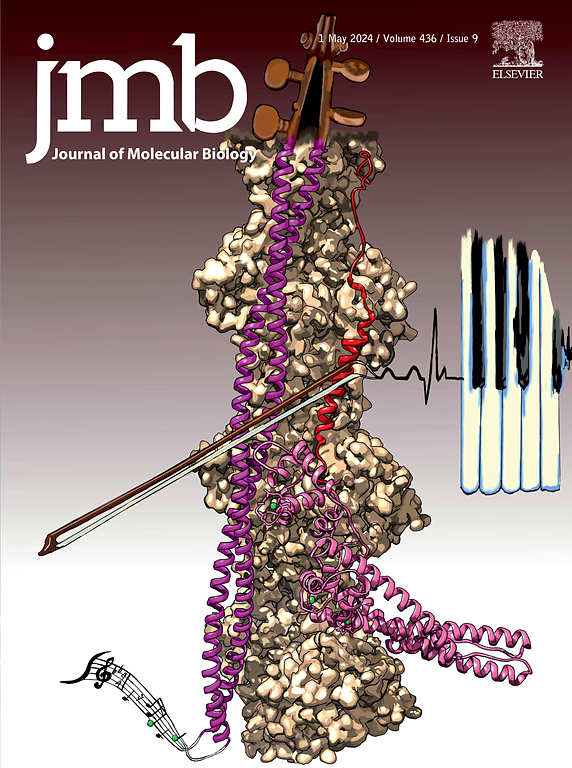TFinder: A Python Web Tool for Predicting Transcription Factor Binding Sites
IF 4.7
2区 生物学
Q1 BIOCHEMISTRY & MOLECULAR BIOLOGY
引用次数: 0
Abstract
Transcription is a key cell process that consists of synthesizing several copies of RNA from a gene DNA sequence. This process is highly regulated and closely linked to the ability of transcription factors to bind specifically to DNA. TFinder is an easy-to-use Python web portal allowing the identification of Individual Motifs (IM) such as Transcription Factor Binding Sites (TFBS).
Using the NCBI API, TFinder extracts either promoter or gene terminal regulatory regions, through a simple query of NCBI gene name or ID. It enables simultaneous analysis across five different species for an unlimited number of genes. TFinder searches for Individual Motifs in different formats, including IUPAC codes and JASPAR entries. Moreover, TFinder also allows de novo generations of a Position Weight Matrix (PWM) and the use of already established PWM. Finally, the data are provided in a tabular and a graph format showing the relevance and the P-value of the Individual Motifs found as well as their location relative to the Transcription Start Site (TSS) or the terminal region of the gene. The results are then sent by email to users facilitating the subsequent data analysis and sharing.
TFinder is written in Python and freely available on GitHub under the MIT license: https://github.com/Jumitti/TFinder. It can be accessed as a web application implemented in Streamlit at https://tfinder-ipmc.streamlit.app. Resources are available on Streamlit “Resources” tab. TFINDER strength is that it relies on an all-in-one intuitive tool allowing users inexperienced with bioinformatics tools to retrieve gene regulatory regions sequences in multiple species and to search for individual motifs in a huge number of genes.

求助全文
约1分钟内获得全文
求助全文
来源期刊

Journal of Molecular Biology
生物-生化与分子生物学
CiteScore
11.30
自引率
1.80%
发文量
412
审稿时长
28 days
期刊介绍:
Journal of Molecular Biology (JMB) provides high quality, comprehensive and broad coverage in all areas of molecular biology. The journal publishes original scientific research papers that provide mechanistic and functional insights and report a significant advance to the field. The journal encourages the submission of multidisciplinary studies that use complementary experimental and computational approaches to address challenging biological questions.
Research areas include but are not limited to: Biomolecular interactions, signaling networks, systems biology; Cell cycle, cell growth, cell differentiation; Cell death, autophagy; Cell signaling and regulation; Chemical biology; Computational biology, in combination with experimental studies; DNA replication, repair, and recombination; Development, regenerative biology, mechanistic and functional studies of stem cells; Epigenetics, chromatin structure and function; Gene expression; Membrane processes, cell surface proteins and cell-cell interactions; Methodological advances, both experimental and theoretical, including databases; Microbiology, virology, and interactions with the host or environment; Microbiota mechanistic and functional studies; Nuclear organization; Post-translational modifications, proteomics; Processing and function of biologically important macromolecules and complexes; Molecular basis of disease; RNA processing, structure and functions of non-coding RNAs, transcription; Sorting, spatiotemporal organization, trafficking; Structural biology; Synthetic biology; Translation, protein folding, chaperones, protein degradation and quality control.
 求助内容:
求助内容: 应助结果提醒方式:
应助结果提醒方式:


